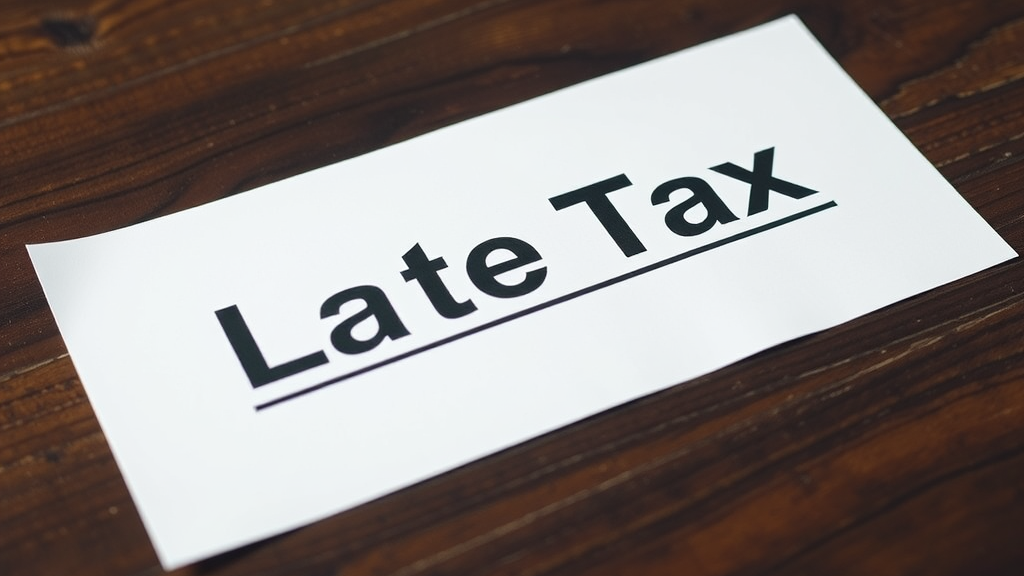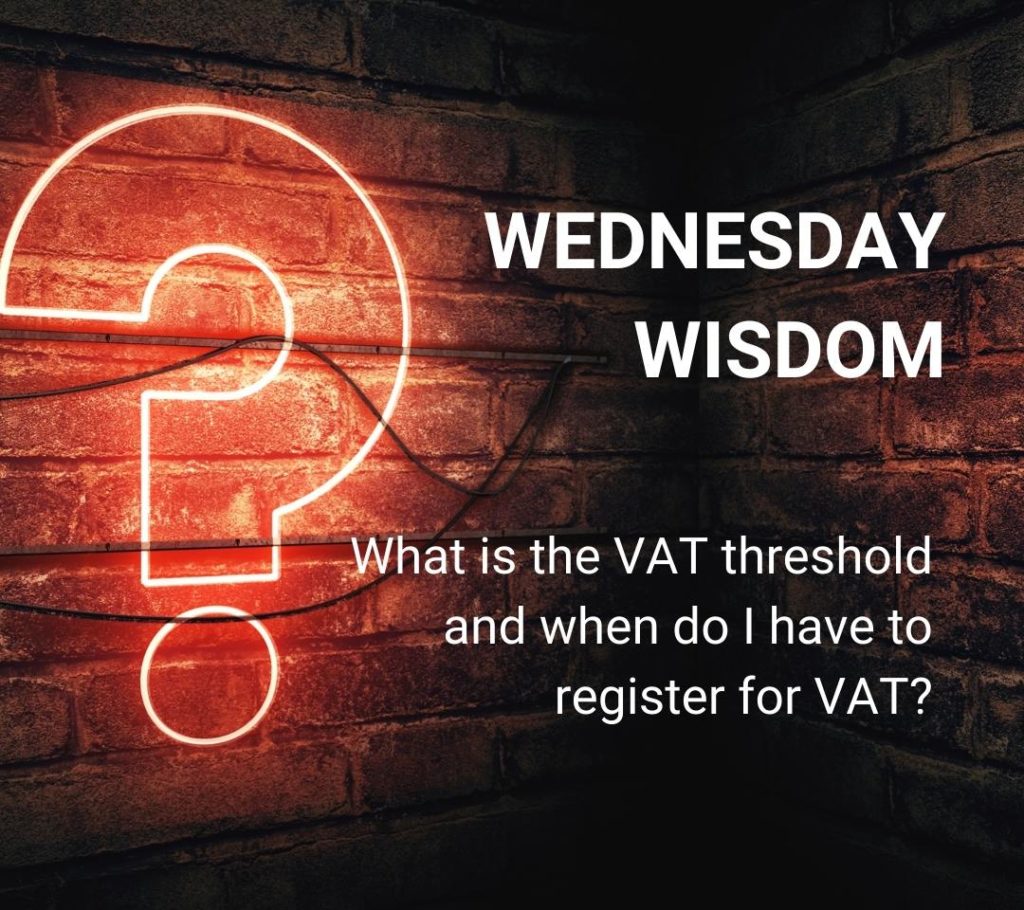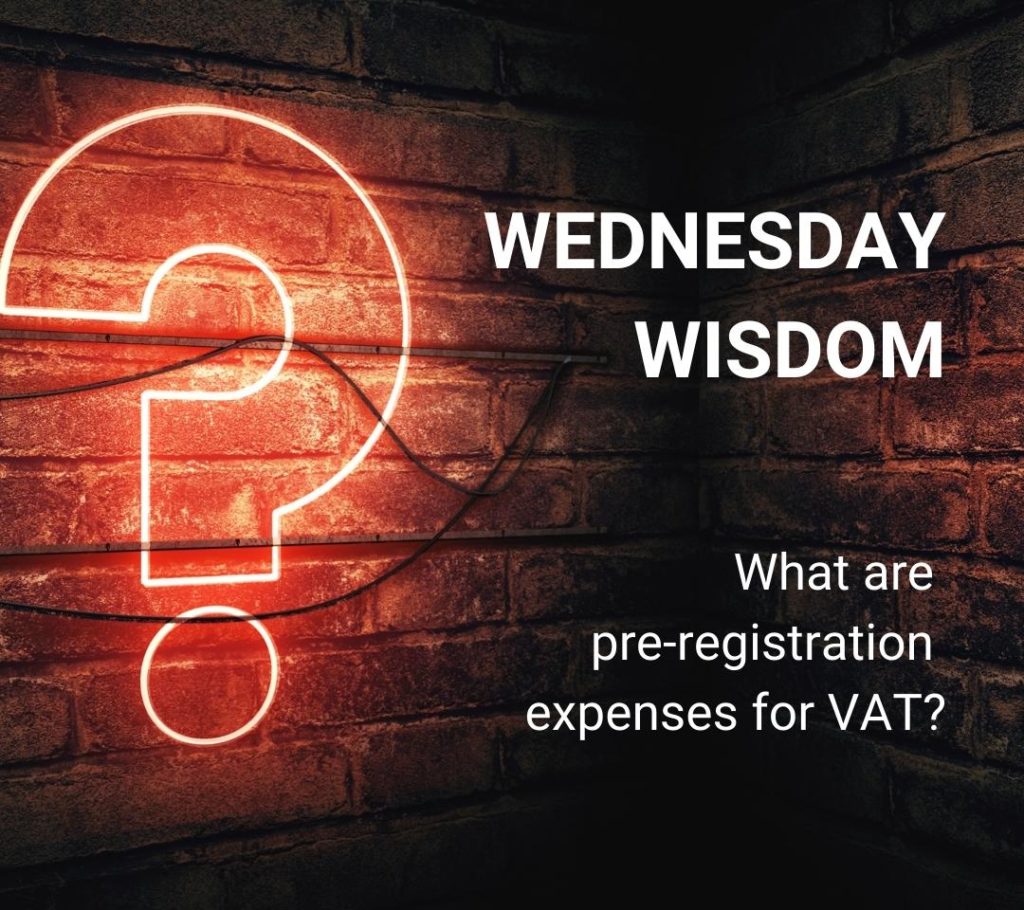Following the 2021 Budget, HMRC announced significant reforms to the late filing penalty regime for Self-Assessment tax returns.
The HMRC new penalty regime is designed to target persistent late filers while giving a fairer approach to penalties.
In this blog post, you’ll learn more about late payment penalties, and how the new regime handles everything from monthly and quarterly to annual submissions.
Creative Takeaways
- Points-based penalties – Threshold before fines.
- Phased rollout – VAT (2023), ITSA (2026-2027).
- Late payment fines – 2%-4% + interest.
- Penalty reset – 24 months compliance.
- Focus on repeat offenders – Fairer system.
Table of contents
1. HMRC new penalty regime timeline
The new HMRC new penalty regime was first introduced as part of HMRC’s reforms to create a fairer and nonetheless more consistent penalty system for late tax return submissions and payments.
The rollout of HMRC new penalty regime followed a phased approach:
1st January 2023 – Introduction for VAT-registered businesse
The new penalty system already came into effect for VAT-registered businesses for accounting periods starting on or after the 1st January 2023.
This new introduction replaced the previous default surcharge system. The new penalty regime focuses on a points-based late submission penalty and another, separate late payment penalty structure.
But this was just the first phase of the HMRC new penalty regime, because…
6th April 2026 – Expansion to ITSA taxpayers under Making Tax Digital (MTD)
The penalty regime will extend to Self-Assessment taxpayers required to comply with Making Tax Digital for Income Tax Self Assessment (MTD for ITSA).
This also applies to self-employed individuals with an annual business over £50,000. Also, to landlords with over the same amount of property income.
According to the latest news from the government, from April 2027 MTD for ITSA will apply to those with an annual income over £30,000. You can check whether you’re eligible for making tax digital for income tax.
2. How does the New Penalty Regime Work?
Under the new system, rather than imposing an immediate financial penalty, HMRC will adopt a points-based approach for missed filing deadlines:
- Each time a taxpayer fails to submit their return on time, they will receive a penalty point.
- Once they reach a threshold (determined by their reporting frequency: annual, quarterly, monthly), they will be charged a £200 fixed penalty.
- After the threshold is reached, any further missed submissions will incur additional £200 penalties, but no extra points will be added.
3. Penalty point thresholds
The threshold at which penalties apply depends on how frequently a taxpayer is required to submit returns:
| Submission Frequency | Penalty Point Threshold |
|---|---|
| Annual (e.g., Self-Assessment) | 2 points |
| Quarterly (e.g., MTD for VAT/ITSA) | 4 points |
| Monthly (e.g., PAYE Real-Time Information – RTI) | 5 points |
Once a taxpayer reaches the threshold, penalties will apply for every subsequent missed deadline. So, no extra penalty points are added once the threshold is reached, but only a financial penalty will occur – every time for late filings.
✔ Example: If a self-employed taxpayer under MTD for ITSA files quarterly and misses four deadlines, they reach their threshold and receive a £200 fine. If they miss the next quarterly return, they receive another £200 fine.
4. Are HMRC Penalty Points permanent?
No, penalty points expire after two years, provided the taxpayer has not reached the penalty threshold.
If the threshold has been breached, the only way to reset points to zero is by meeting both of the following conditions:
- A compliance period of 24 months, where the taxpayer submits all required returns on time.
- All outstanding returns from the previous two years are submitted, even if they were originally late.
Late payment penalties are separate from Submission Penalties. As these late payment penalties start accumulating when the tax remains unpaid even after the due date:
- Up to 15 days overdue: no penalty if paid within this period.
- 16 to 30 days overdue: 2% penalty on the outstanding tax.
- 31 days or more overdue: another 2% penalty on the outstanding tax at day 30; from day 31 onwards, a 4% annualised daily penalty is charged until payment is made.
And then there’s also a late payment interest: it is charged at the Bank of England base rate + 2.5%, starting from the due date until the tax is fully paid.
5. Why did HMRC change the financial penalty system?
HMRC introduced this new approach to make the system fairer, more proportionate, and to encourage tax compliance.

The old system immediately penalised late submissions with financial fines, but that often disproportionately affected one-time late filers.
The HMRC new penalty regime is aimed more at the taxpayers who routinely ignored deadlines. The new penalty regime only imposes a penalty once a threshold is reached, so it’s really targeted at repeat offenders.
6. What happens from now on with late submissions
HMRC has indicated that further details will be provided for more complex scenarios, such as cases involving multiple tax obligations.
The system is still subject to potential refinements, especially as it applies to Making Tax Digital (MTD) taxpayers.
Taxpayers should stay updated on any HMRC announcements and ensure they comply with the new Self-Assessment submission rules to avoid accumulating penalty points.
You can check always check our blog for the latest infos, or, if you’re lost in all of this, you can get in touch with us!







